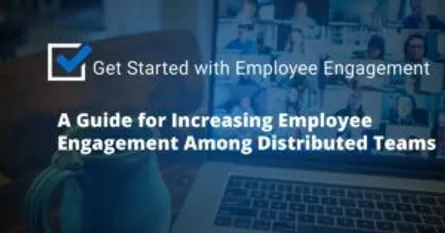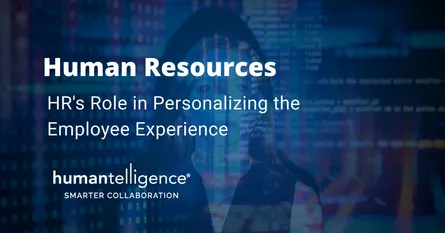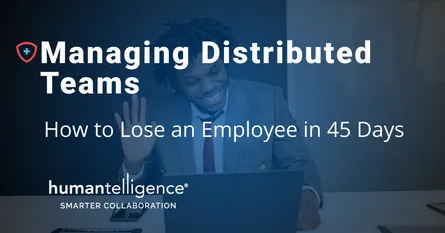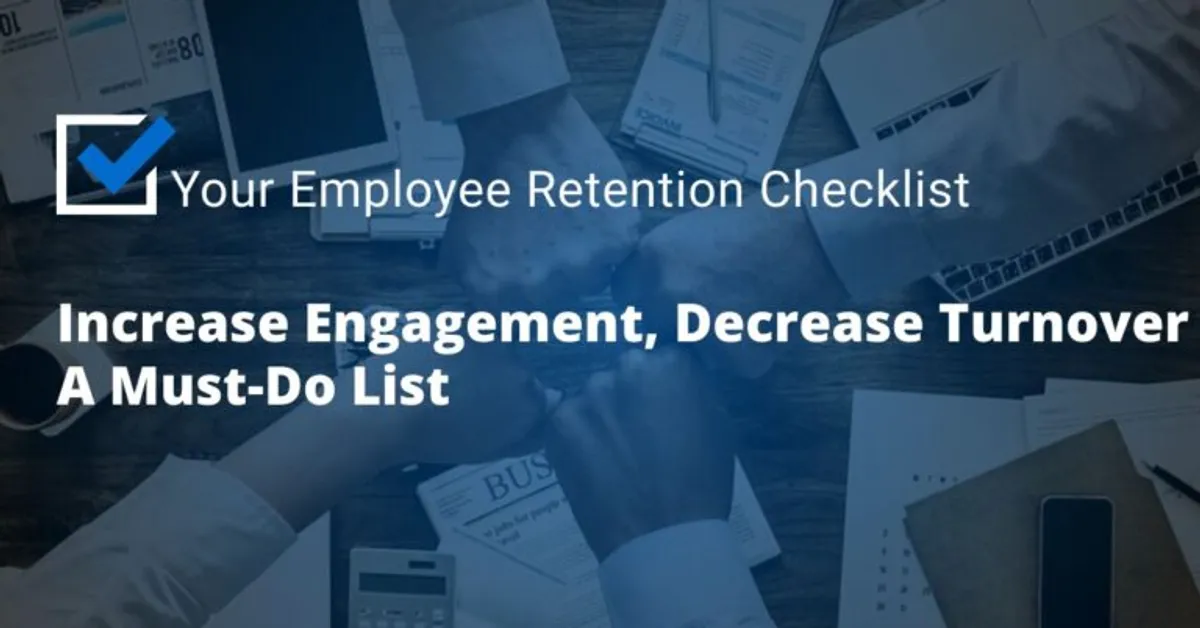
Improving Employee Retention: A Must-Do List
- Admin
- Collaboration , Data
- 01 Mar, 2024
A fast employee churn rate can lead to higher training costs, low employee morale, and operational inefficiencies. Eventually, it can reduce your profits and negatively impact your bottom line. That’s why it’s important for businesses to learn how to prepare for it and, better yet, work to improve employee retention.
While there may be signs that the Great Resignation is easing slightly, the ongoing exodus of workers is a challenge leaders will have to contend with for the foreseeable future. A Workhuman® iQ survey of more than 3,500 workers in the U.S., U.K., Ireland, and Canada
offers some revealing insights into the root causes of why employees are leaving their jobs – and a road map on how companies of all sizes can retain more of their talented humans.
Employee Turnover By the Numbers
Overall, nearly 38% of those surveyed by Workhuman are planning to look for a new job in the next 12 months. This projected voluntary turnover has the potential to cost businesses billions.
In fact, according to Gallup, the cost of replacing an individual employee can range from one half to two times the employee’s annual salary — and that’s a conservative estimate.
So, a 100-person organization that provides an average salary of $50,000 could have turnover and replacement costs of approximately $660,000 to $2.6 million per year. In addition, nearly 19 million people either change occupations or exit the labor force each year, creating an average turnover rate of 20%.
Top Reasons for Plummeting Employee Retention
Employee Burnout & Dissatisfaction with Opportunities
Salary isn’t the only reason workers are leaving their jobs. It should be no surprise many workers are reevaluating their jobs considering the stress and isolation they’ve endured these past few years.
A March 2022 survey by the Pew Research Center found that while low pay was the primary reason people left their jobs last year, it was closely followed by respondents saying they lacked opportunities for advancement in their role. And 35% of people said that feeling disrespected at work was a major reason they left.
One study from the University of Chicago found that employees worked more hours during the pandemic, but their productivity dropped. For many people, working for the past two years may feel like running on a treadmill that never turns off.
Research by Mental Health America and FlexJobs shows that 76% of respondents agreed that workplace stress affects their mental health and have experienced burnout.
Burnout is an extreme form of workplace stress whereby the stress you are experiencing makes way for mental and emotional exhaustion. The World Health Organization (WHO) characterizes burnout by three main dimensions:
- Feelings of energy depletion or exhaustion
- Increased mental distance from one’s job, feelings of negativism or cynicism related to one’s job
- Reduced professional efficacy
Flexibility & The Remote vs. Return Debate
The pandemic forced a dramatic shift in the employer-employee relationship. It’s also helped workers realize what really matters when it comes to their careers. In Workhuman’s survey, nearly one-third (30%) of those workers planning to look for a new job cited, “I want more flexibility” as their primary reason for doing so. That number jumped to 39% for Black workers. So that’s when work gets done. Let’s talk about where works gets done.
Reverting to a fully in-person workplace: Just 3% of white-collar workers want to return to the office full-time (according to survey results published by Fortune), and more than half of respondents in multiple surveys have shown workers will consider leaving their company if forced into full-time in-person workplaces, and many speculate this is a foundational, long-term shift in worker expectations.
Switching to a fully remote workplace: Globally, about 16% of companies are fully remote, and those who have embraced a fully remote workforce are both setting expectations among workers about what the workplace experience should and shouldn’t entail (flexibility, autonomy; savings of cost and time associated with the elimination of the daily commute; lifestyle flexibility to keep their job if they want to relocate to a different city, state or even country).
Supporting a hybrid workforce: This is the model most workers say they want — not to be fully remote full-time, but a position that gives them the flexibility to work remotely when and how they need. The statistics are compelling — in a global survey conducted by Slack, 78% of respondents said they wanted workplace location flexibility, and 95% said they wanted schedule flexibility.
Finally, a study highlighted by Harvard Business Review found that 59% of workers find flexibility more important than salary. It suggests that workers seek autonomy to decide when and where they work rather than a set hybrid schedule of in-person and remote work days.
If employers aren’t willing to extend flexible scheduling to their workers, people are ready to take their skills elsewhere.
Poor Manager-Employee Connection
The shift in where work gets done, with increased flexibility, is good for employees. But for organizations and people leaders, it makes the need for clear, consistent communication even more important. Leaders can no longer rely on word-of-mouth or quick lunchroom conversations for important information about company initiatives to circulate throughout the organization.
Data from the Workhuman’s survey report shows that frequent check-ins are critical in the manager-employee relationship. Employees were asked to rate their manager on a scale of 1-10 based on how well their manager keeps them motivated and engaged.
When managers check in at least weekly, their rating is nearly 2x higher than managers who never check in. Likewise, workers who received feedback within the last month – as opposed to never – are much more likely to feel a sense of connection to their company as a whole.
For strategies on how to lead with empathy and establish meaningful connection with team members, check out this article.
Psychological Safety to Boost Employee Retention
Today, there’s a more nuanced lens on diversity, equity, inclusion, and belonging – and it’s called psychological safety – that companies should address to stay competitive in this job market.
Workers resoundingly express dissatisfaction with a workplace culture where their voices aren’t heard, blame-placing is rampant, or any one of many toxic elements in an organization’s culture may exist. What they are really talking about is a lack of psychological safety.
First coined by Amy Edmondson in a 1999 journal exploring its relationship to team learning and performance, psychological safety is the ability to speak one’s mind without fear of punishment or embarrassment. At the heart of a psychologically safe environment is a sense of belonging with or being accepted by others. Feeling accepted reduces anxiety associated with interpersonal risk, allowing learning to occur. Learning improves the quality and frequency of contributions, and ultimately leads workers to identify and own productivity and efficiency improvements.
Looking again at the issue of working remotely, surveys also show that worker apprehension and anxiety about their working location and conditions are improved dramatically when their organizational leaders and managers are clear and transparent about the decision-making process, especially when employees are given a voice in the process. Being inclusive creates a sense of belonging and makes employees less likely to go find it elsewhere.
The Best Ways to Increase Employee Retention
While we may be a ways away from a Great Retention, research from Robert Half suggests that many workers remain confident about their prospects in the current hiring market, which means employers must still be vigilant about the risk of top performers walking out the door.
Robert Half’s Job Optimism Survey of more than 2,400 professionals, which tracks worker sentiment on current and future career prospects, finds that 41% of respondents planned to look for a new role in the second half of 2022. So, now is the time to confirm that your business is doing the right things to help drive employee job satisfaction and, ultimately, the retention of highly valued talent. Here are the top areas to focus on.
✔Mentorship programs & learning development opportunities
✔Professional advancement or internal mobility in the company
✔Wellbeing offerings and recognition
✔Embracing flexibility in how and where work gets done
✔Continuous feedback on performance
✔Open communication
✔Emphasis on collaborative teamwork
At the end of the day, decreasing employee turnover and increasing employee retention doesn’t just help your company; it helps your people. An employee who feels connection to others is an employee who is most likely to engage. And an employee who can fully engage is an employee who feels compelled to stay.
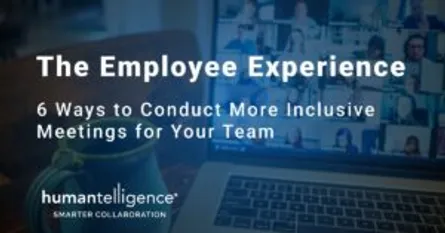

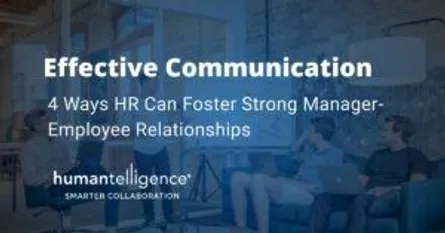


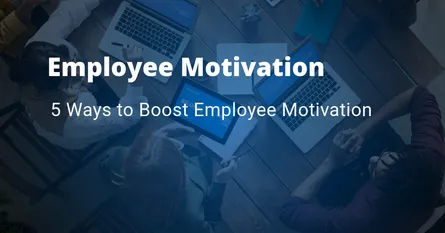



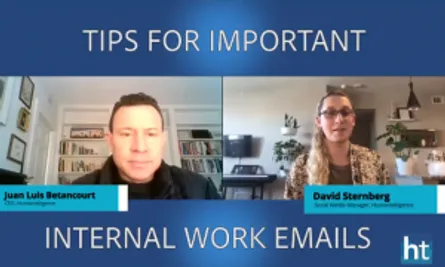


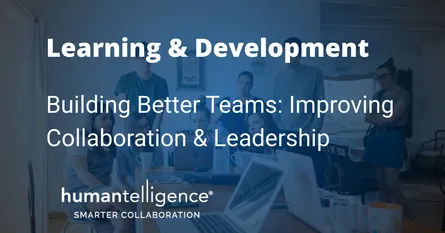

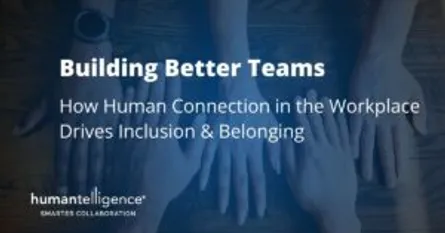




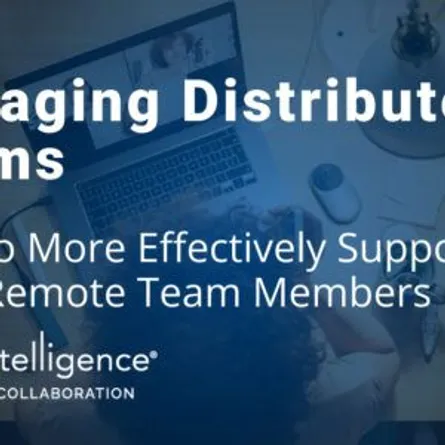
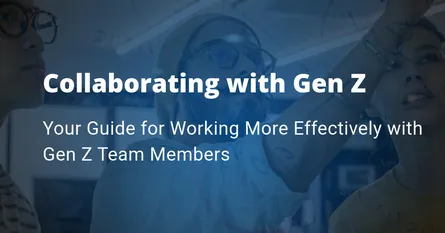


-Low-Quality.DNBpXyLx_1VXSiM.webp)
.CiqwvMOO_A63sY.webp)
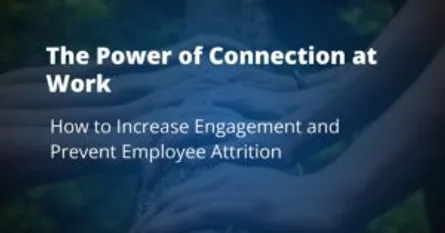
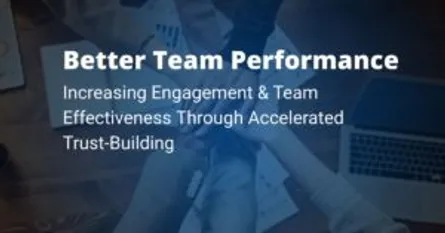

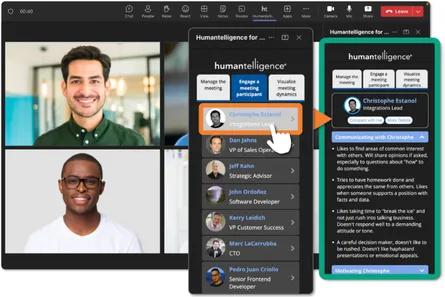

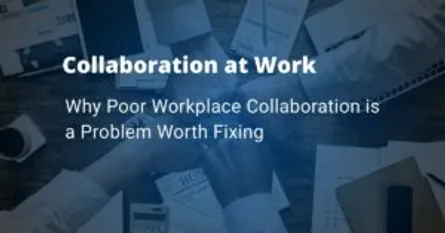
-Medium-Quality.ZFp5mEuF_Z13ebXJ.webp)


